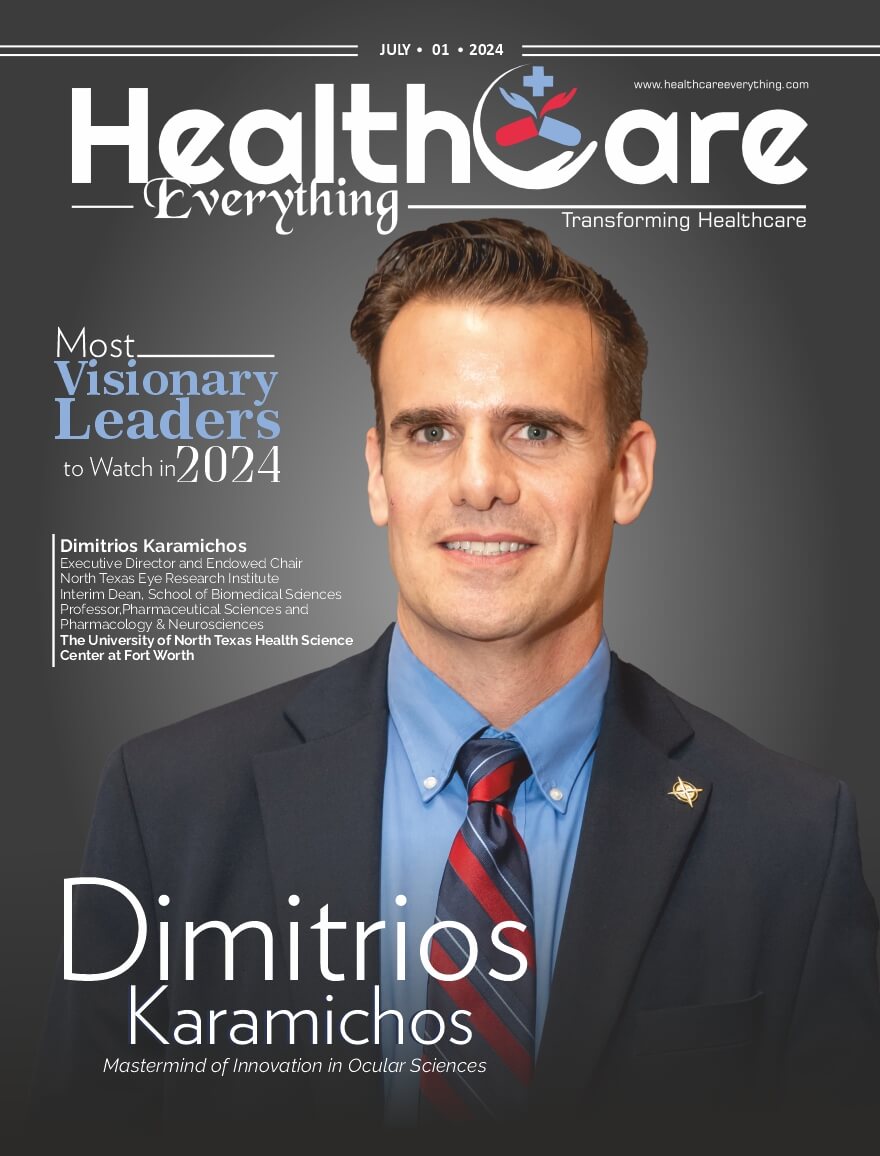The research supports maintaining an active lifestyle, particularly incorporating more vigorous exercise regularly, as crucial for adolescents and adults with Cystic Fibrosis (CF). Improved lung function and exercise capacity emerged as significant contributors to an individual’s overall quality of life. These findings add to the growing body of evidence suggesting that regular exercise can contribute to the well-being of individuals with CF.
The majority of participants in the study demonstrated an active lifestyle, engaging in 7,500 or more steps per day. For individuals with cystic fibrosis (CF), a condition leading to the accumulation of thick mucus in multiple organs, maintaining physical activity can pose challenges. Despite these challenges, exercising with CF yields various advantages, including enhanced lung function, clearer airways, stronger bones, and an improved sense of well-being.
The scientists highlighted that physical activity, encompassing exercise, sports, and recreational activities, is widely acknowledged for its physical and psychosocial benefits and is recommended for CF care, irrespective of age and disease severity. However, they noted that studies on exercise duration and intensity often rely on subjective patient reports, which may both overestimate and underestimate physical activity and sedentary time.
During the period from 2016 to 2019, the researchers enlisted 65 individuals with cystic fibrosis (primarily male, constituting 60%) to wear an accelerometer—a device tracking body movement—for approximately one month. The purpose was to quantify their daily steps and assess the time allocated to activities of different intensities.
These adolescents and adults, aged 14 to 50 (with a mean age of 24.3), wore the accelerometer for an average of 25 days. On average, they recorded 8,691 steps per day, with 40 patients (62%) classified as having an active lifestyle, surpassing 7,500 steps daily as defined by the study.
However, the researchers noted that the majority of their time (around 20 hours) was spent in sedentary to light activity. On average, individuals with cystic fibrosis spent 96 minutes (approximately 1.5 hours) daily engaged in moderate to vigorous activity, with only 15 minutes devoted to vigorous activity.
Individuals who maintained an active lifestyle exhibited significantly higher percent forced expiratory volume (ppFEV1), a metric assessing lung function, in comparison to sedentary or less active counterparts (67.3% vs. 43.3%). Additionally, the physically active group spent more daily minutes engaging in moderate to vigorous activity compared to those leading sedentary or less active lifestyles (125 vs. 51 minutes).
To assess exercise capacity—measuring the maximum sustainable physical exertion—patients underwent testing on a cycle ergometer, a stationary bike gauging pedal-induced work. Physically active individuals demonstrated higher peak exercise capacity than their less active counterparts (147.6 vs. 105.3 watts). Notably, engaging in more intense exercise particularly contributed to an enhanced perceived quality of life.
Individuals maintaining regular physical activity registered significantly higher scores on the CF Questionnaire-Revised (CFQ-R), a metric assessing health-related quality of life, where elevated scores indicate an improved life quality.
Enhanced lung function correlated with higher CFQ-R scores across domains such as vitality, health perception, CF respiratory symptoms, and weight. A superior exercise capacity also emerged as a notable factor impacting patients’ health-related quality of life, albeit to a lesser degree.
The duration spent in moderate to vigorous physical activity did not impact any of the CFQ-R domains. However, time allocated to more intense exercise influenced CFQ-R scores in domains related to role limitations, body image, health perception, and weight.
“The avoidance of sedentary behavior and engagement in vigorous-intensity activities had a positive impact on health-related quality of life,” noted the scientists. Nevertheless, they emphasized that “the most crucial factor influencing scores across various domains of the CFQ-R was ppFEV1, and, to a lesser extent, maximal exercise capacity.”
They concluded by stating that further studies are necessary to assess the impact of enhanced health status resulting from the implementation of highly effective CFTR modulator therapies on both physical activity and health-related quality of life.







